Extension to the shed: the best options
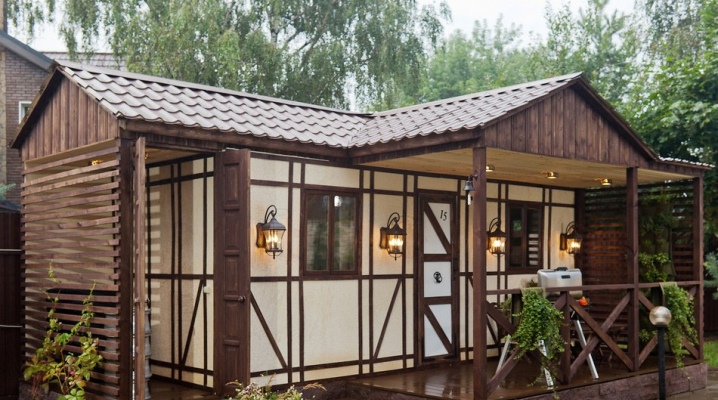
The need for a change house arises, as a rule, during the construction of the main residential building. These compact buildings are needed for temporary residence and storage of construction equipment. But subsequently, the premises can be used not only as an economic unit - its purpose is significantly expanded if an extension is made to it.
Optimization options for a temporary structure
While a country house is being built, the owners think little about comfort, and the change house is used simply as a roof over their heads, that is, as an annex with minimal amenities. Such buildings, in addition, are not distinguished by their visual appeal. It is clear that in the future they will turn out to be good storage for little-used or unnecessary things. But it is much more interesting to make such a house more functional.
The change house is a small building, divided into 2-3 rooms, one of which is used for living. Depending on the layout any extensions can be built gradually, if desired, maximizing the area and even building on the second floor.
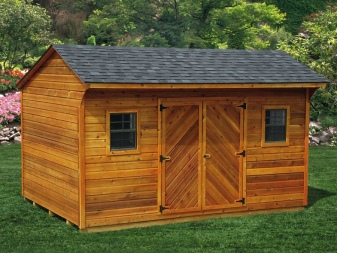
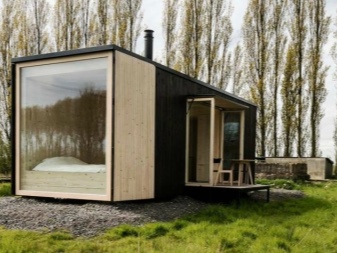
Some owners make extensions to the shed in the form of a bath, a bathroom, a shower or a wood-log, but the most popular option is an open veranda or terrace.
These simple elements require a small expenditure of forces and materials, but they improve the appearance of the structure and make it more comfortable. The result can be a well-maintained family area with barbecue, armchairs or a sofa, dining table and chairs. In addition, unlike the addition of a shower or toilet, during the construction of a veranda it is not necessary to resolve issues with the foundation, waterproofing and wastewater disposal.
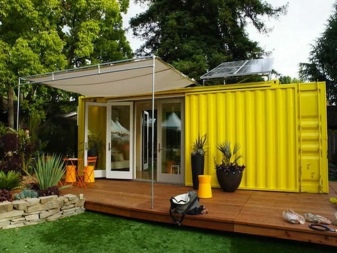
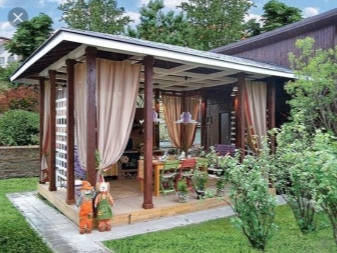
Outbuilding options
As a rule, in a change house, upon entering, a person immediately enters the room, that is, there is no free space for the hallway. Therefore, a porch, terrace or veranda becomes especially relevant. But according to their purpose, these are different types of buildings that differ in function.
- Veranda - a closed, usually glazed room. On it you can place the kitchen, heating equipment and insulate the walls for year-round use. True, you can do with the summer version of the kitchen and equip an area for receiving guests.
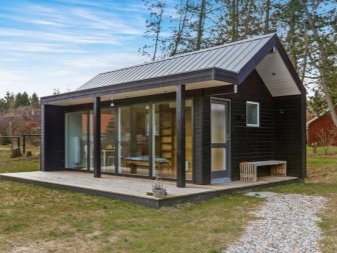

- Unlike her, the terrace Is an open structure, bounded by a balustrade or railings, and instead of a roof, a canopy is used to protect against precipitation. Basically, the extension is used in the warm season, it contains elements of garden furniture, sofas, sun loungers, a dining table.
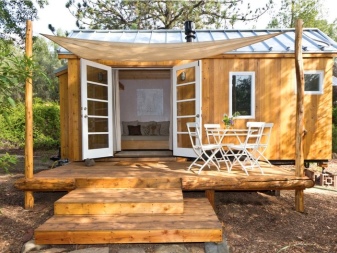
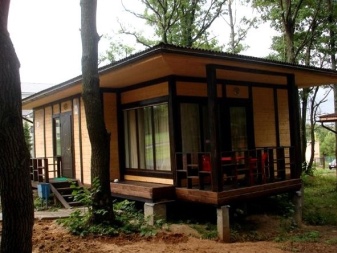
- You can also increase the area of the change house by building a porch. In fact, this is a platform in front of a street door no more than 1.5 m in size, but it can be used as a hallway, thereby increasing the living space of the room.
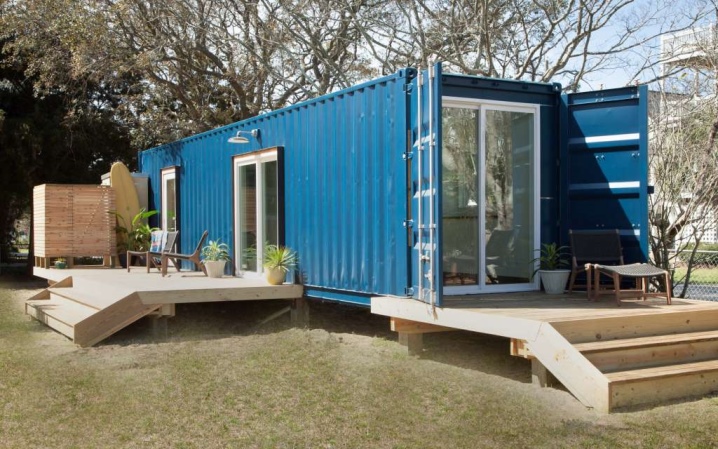
Thus, any options for annex are possible, depending on the goal pursued.
Construction resources and tools
For the construction of any type of extension, you will need tools and building materials. Their number depends on the type and size of the planned structure:
- boards for lathing with a thickness of 25 mm;
- wooden beams (100x100 mm);
- floor board (3 cm thick);
- roofing sheets suitable for the material used for the roof of the change house;
- windows for glazing the veranda;
- partitions and railings for terraces;
- ready-made decorative railings and jibs or timber for their manufacture;
- at high humidity and soil tendency to subsidence - adjustable supports in the amount of 4 pcs. (their height can be adjusted after the installation of the extension).
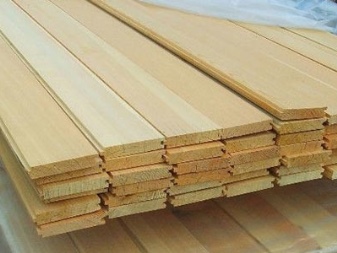

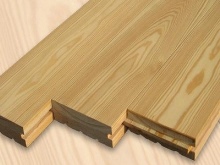
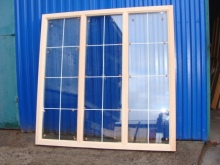
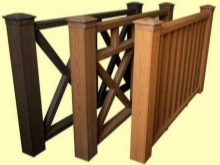
For fasteners, you need nails, screws, metal corners (straight and oblique), self-tapping screws. Required tools: screwdriver, grinder, hand saw, plane, shovel, slats, rope, building level. Depending on the type of base, concrete blocks, concrete for pouring, gravel and sand will be needed.
In addition to the basic construction of the extension, it is important to think about thermal insulation.
Despite the fact that a shed with a terrace or veranda is more functional and looks better, do not forget that this is a temporary structure, therefore experts recommend insulating the extensions and the room itself with such inexpensive materials as glass wool and polystyrene.

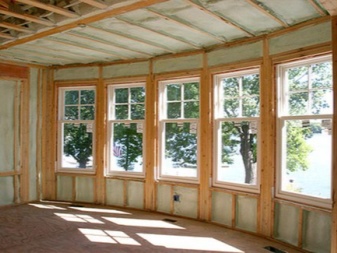
How to make a veranda yourself
You can build a veranda with your own hands, having minimal skills and experience in construction. But at the same time, it is important to comply with the basic requirements on the technical side of the issue.
- First, you need to make the foundation of the extension, which should come close to the base of the change house. If the room is located on concrete blocks, this is easiest to do - you only need to adjust the second base taking into account the height. The columns are placed at a distance of 2-3 m at the extreme points and in the middle, it depends on the width of the planned extension.
- For the bottom strapping of the foundation, beams are used (thickness 100 mm). The beam is fixed with corners and self-tapping screws, and then fixed to the change house.
- Next, vertical supports are installed, fixing them with jibs, and a floor is mounted, on top of which a flooring of boards is being constructed. These elements can be fixed using grooves and tenons, or simply screws.
- Before proceeding with the upper strapping, you should remove any decorative elements of the change house that may interfere with this. It can be successfully organized only if the roof slope is more than 10 cm.
- The erection of the roof begins with the removal of fasteners from the coating along the edges, after which roofing sheets are placed under the corrugated board.
- Several notches are made in the vertical posts, then the railing is mounted.
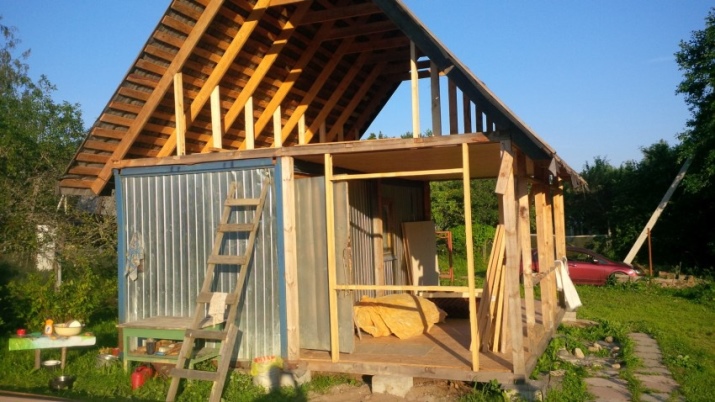

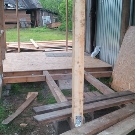

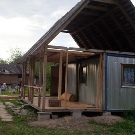
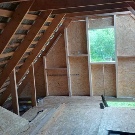
In the end, some defects are eliminated, finishing is carried out using an electric planer, wooden surfaces are polished and given a more perfect shape.
Also, under the porch and veranda, you can fill the strip foundation. To do this, you will need to make the formwork from the boards, and reinforce the base itself with a metal mesh and rods. When laying logs from a bar, you will need to additionally protect them from high humidity with bitumen or polymer coating waterproofing. For pouring work, it is better to use concrete 150M, after it has hardened, frame beams are placed on top.
Then you can mount vertical pores, carry out strapping and erect a pitched roof, then install the floor and engage in wall insulation and decoration if a porch or veranda is being built.
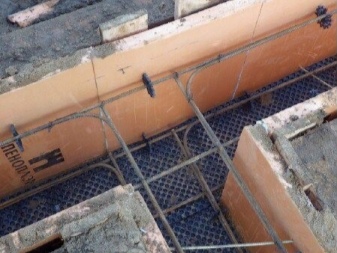
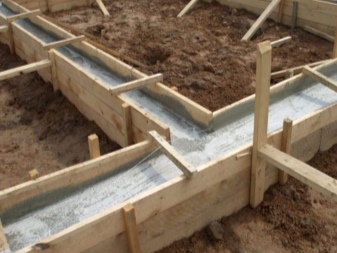
Advantages and disadvantages of an extension
Along with the fact that when building an annex to a shed, at least such as a veranda, its decorativeness increases positively, there are other advantages:
- a canopy or roof protects not only people from the sun, rain and snow, but also the front door, the service life of which is noticeably increased;
- the extension can be used as a garden gazebo, which means that such a structure will not have to be built separately;
- a terrace or a wide porch becomes relevant when it comes to drying vegetables and fruits before storage - in this case, the visor will provide shade for natural drying;
- it is equally convenient to dry shoes, clothes or tools used in agricultural work on the veranda.
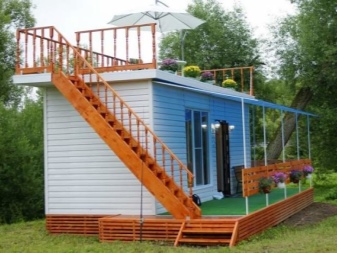
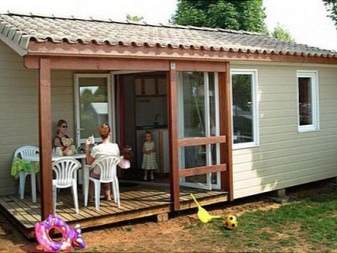
An additional plus - the terrace to the house can be made with your own hands, without resorting to the services of professional craftsmen.
Of the shortcomings, only one stands out - increased cost of a utility room with an extension, however, based on the listed advantages, it turns out that in such circumstances, the price is fully justified.

You will learn how to attach a terrace to the change house in the next video.





























































The comment was sent successfully.